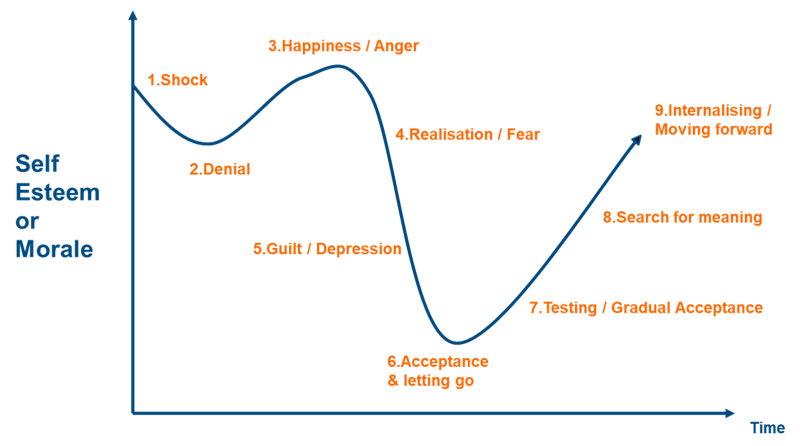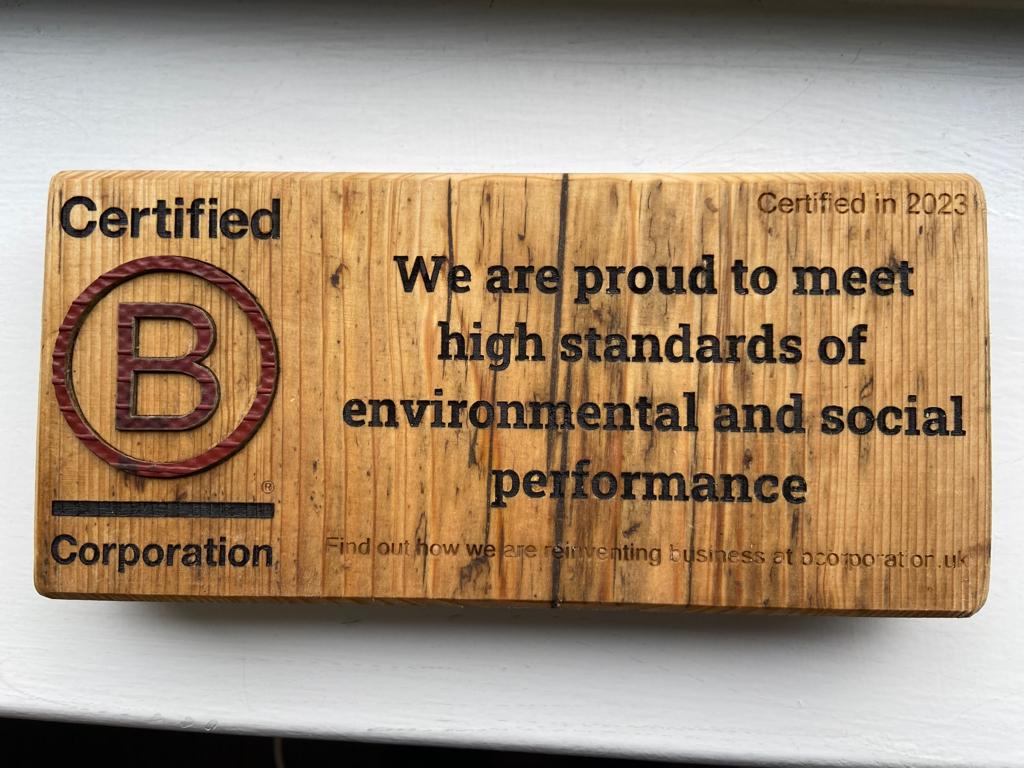Research shows that as many as 75% of change programs fail to achieve their goals, which means that by learning to effectively lead change, you can gain a competitive edge.
Here we look at the 10 steps that can help you to successfully lead change in your organisation.
1. Help people to understand why change is neededChange can be difficult for people, and resistance is a common reaction to change, so make sure that you explain the ‘why’ and not just the ‘what’ and the ‘how’.
One survey suggests that almost one-third of employees don’t understand why changes are happening, but without a clear understanding of why the change is needed, how can you hope to get people to commit to the desired change?
Help them to see the current challenges / problems and how the proposed changes will impact the situation so that they can understand why the change is necessary, which will increase staff buy-in and motivation.
2. A vision of the new stateShare the big picture of what you are trying to achieve through the change(s) and why. If employees can see the purpose behind the changes and envisage the ‘new state’ then they are more likely to be able to see how they can align themselves with your vision. Develop strategies for achieving that vision so that people can see how the change can be implemented.
3. Change agents in placeAs the initial shock of any prospective change wears off there’s often an emotional reaction – for some that’s excitement, for others it will be anger. Be prepared to dissipate negative emotions with positivity, by identifying your top 20% performers who can help spread this attitude, and direct people’s energies towards the tasks in hand.
![]()
4. Sponsorship from above
Visible support for the change needs to come from above. Research by McKinsey showed that two thirds of respondents felt that the single most significant factor for successful transformation is the degree of ‘ownership and commitment’ of the organisation’s leaders. There needs to be constant communication about the why, what and how of the change process. Senior leaders need to show and demonstrate their personal commitment to the change, provide support and resources to ensure the change is successful and model the desired behaviours.
5. Realistic scale and pace of change
We live in a world where the pace of change is relentless and as recently described in Harvard Business Review, “All indications are that increasing volatility, complexity, and rapid change is the new normal.” However, in order to successfully implement and embed lasting change, we need to go through a series of phases and trying to rush the process will only create the (temporary) illusion of success. So rather than focusing solely on short term wins before moving onto the next project, leaders should make sure that they have a strategy for reinforcing the changes and ensuring that people do not slip back to their old ways.
6. Integrated transition programSuccessful change will only happen when people adapt and accept the new situation. As a leader you must have a plan for helping people to successfully ‘transition’ as well as a strategy for the structural side of leading change.
7. A symbolic end to the status quoChange sticks when it becomes “the way we do things round here”. They have let go of the past and accept a new reality. Look forward and share your belief in the opportunities to come and make sure you celebrate with your team the successes which are coming from a new sense of optimism.
8. A plan for likely resistanceBy being aware of how people going through change tend to act and behave at different stages, you can then help your people to make their own personal transitions, and ensure that they have the direction and support they need. In a previous blog, we looked at the Change Curve which is a useful model for understanding people’s reactions to change and what’s required by the leader to achieve a positive outcome with an engaged team.

9. Constant advocacy
In order to ensure that the change is firmly embedded, leaders need to relentlessly follow through, providing direction and support as needed, focusing on reinforcing positive change and celebrating successes within the team. Remind staff of the vision, your plan for achieving it, and help people to understand that their role is in delivering the plan.
10. A locally owned benefits plan
People will resist change if they do not understand its implications and believe that it will have a negative impact on them personally. Unless leaders can address this resistance and share the benefits from an early stage, it can be extremely difficult to encourage people to adapt and accept the change. Communicate to help people to understand the need for and reason for the change, listen to their concerns and anxieties and help them to see how the change will benefit them once fully implemented.
You now have a 10 stage plan for effective change.
If you are interested in finding out more about how we help our delegates to improve their leadership skills in order to develop themselves, their teams and their organisations, please get in touch with Jo Draper or Stewart Barnes. Our next effective leadership program for senior leaders (LEAD™) starts in April.



